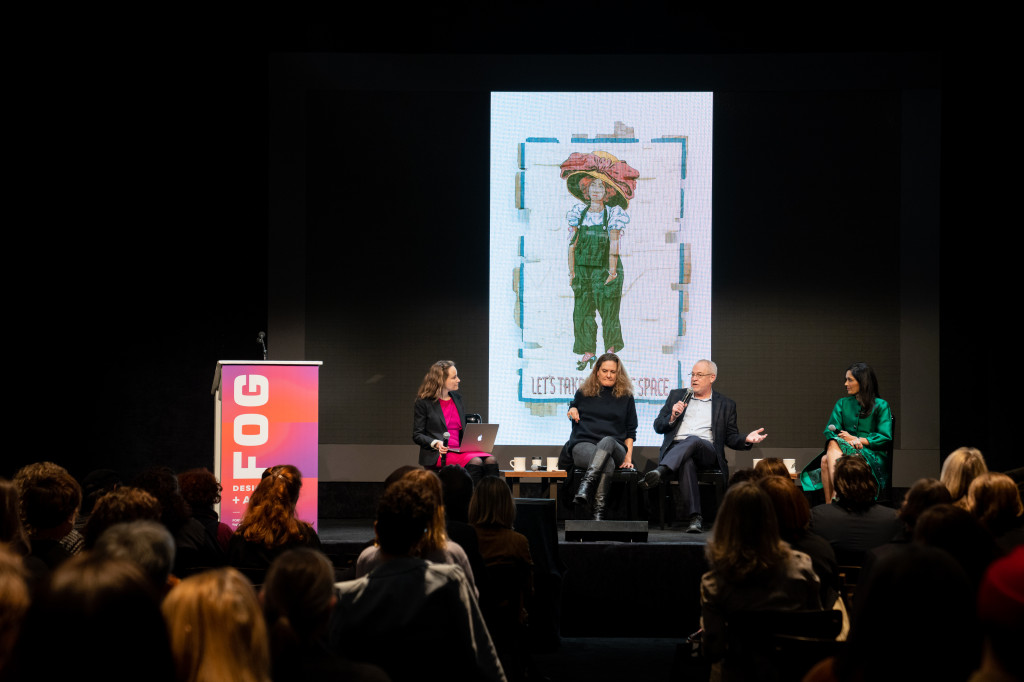[ad_1]
At San Francisco’s FOG Design+Art fair, ARTnews Editor-in-Chief Sarah Douglas moderated a panel discussion entitled “Ways of Being Seen: Creating Visibility for Women in Art.” The participants were artist Andrea Bowers, who makes art from a feminist perspective; collector Komal Shah, who is on numerous boards including that of the San Francisco Museum of Modern Art, and whose collection comprises 80 percent work by women artists; and Gary Garrels, SFMOMA’s Elise S. Haas Senior Curator of Painting and Sculpture.
Back in June 2015, ARTnews put out a special issue devoted to women artists (and women working in the art world). ARTnews had done several such issues in the past, and originally published Linda Nochlin’s famous essay “Why Have There Been No Great Women Artists?” in 1971. The guest editor of the 2015 issue, feminist art historian and curator Maura Reilly, looked at the numbers and found that the common refrain that “women are treated equally in the art world now” needs to be challenged. Reilly’s report looked at solo museum exhibitions of women artists internationally, and found the numbers lacking. Numerous artists were asked to react to Reilly’s research, including painter Betty Tompkins, who said, “These days, we take it for granted that there are more women in the galleries and in museums, but when you look at the actual numbers, there has been little improvement. When I look at the numbers, I shake my head.”
Flash forward to this past September, when a joint report by Artnet News and In Other Words (a website put out by Sotheby’s Art Agency, Partners) found that not only had the situation for women artists not improved, it peaked in 2009. In a survey of 26 U.S. museums, they found that from beginning of 2008 to the end of 2018, 11 percent of all work acquired was by female artists, and that 14 percent of all their exhibitions were of work by female artists.
The panelists at FOG discussed several reasons this might still be the case, including the time it takes to shift large institutions, the discrimination women artists continue to face, and the need for more “activist” collectors to devote themselves to collecting work by women.
[ad_2]
Source link

